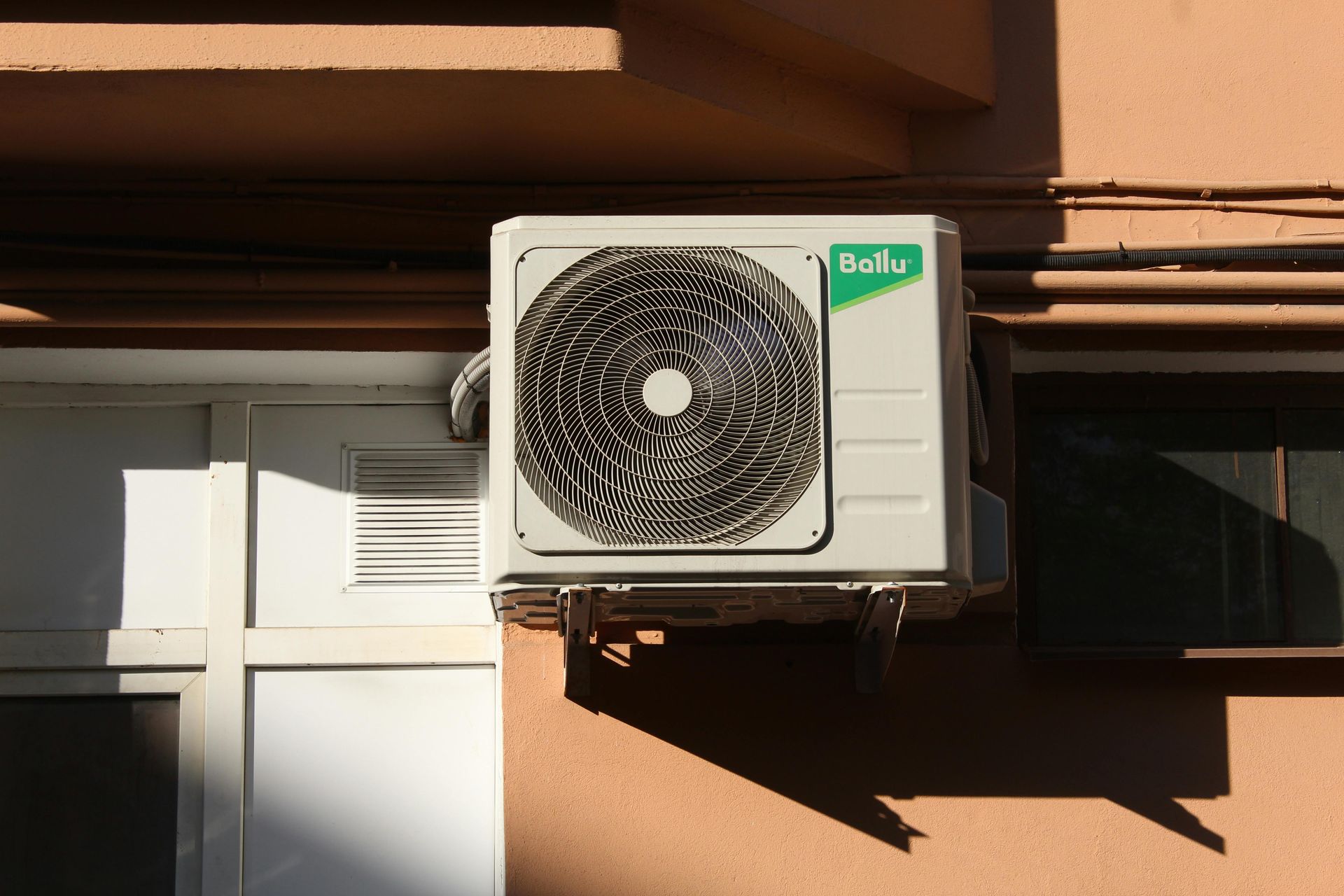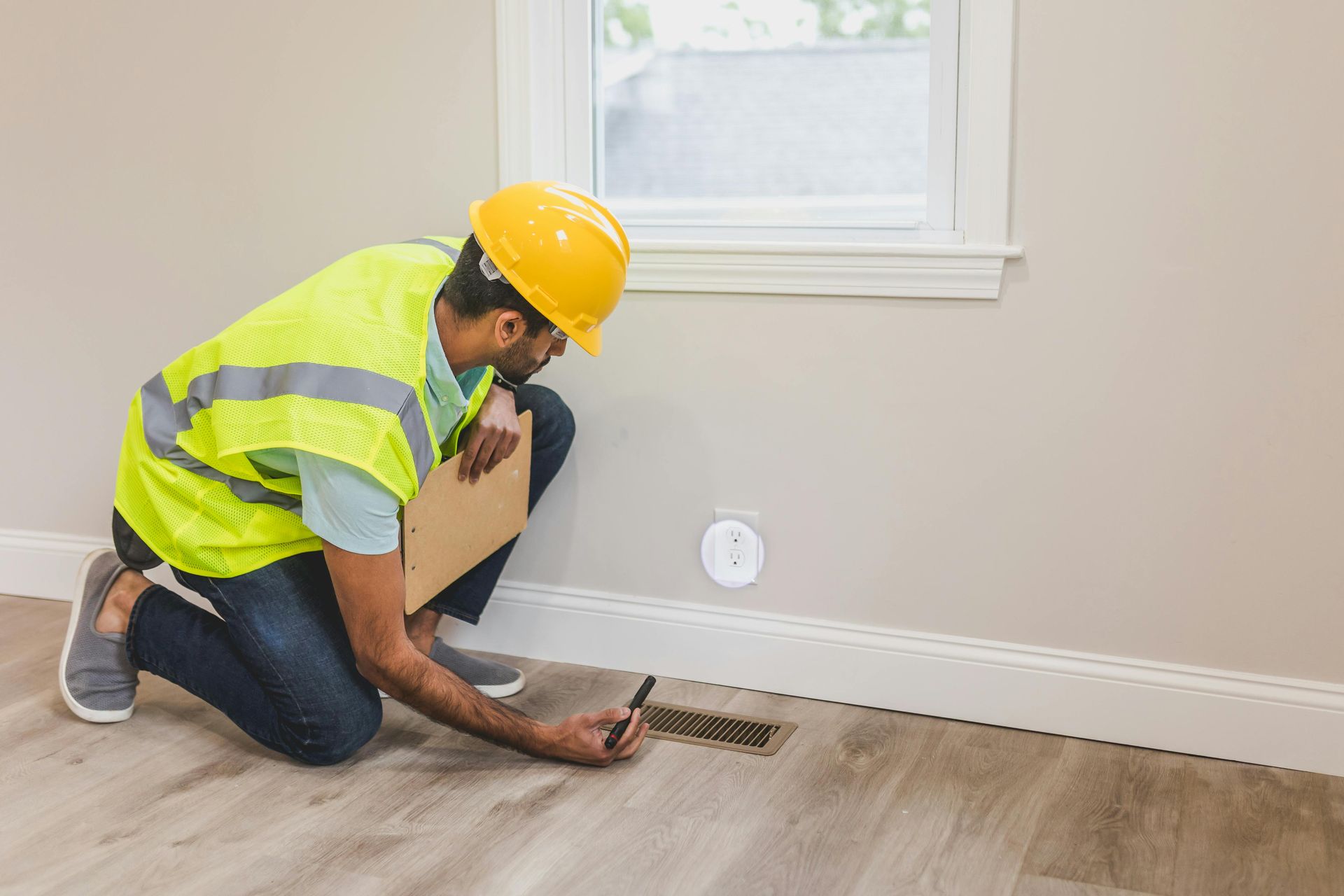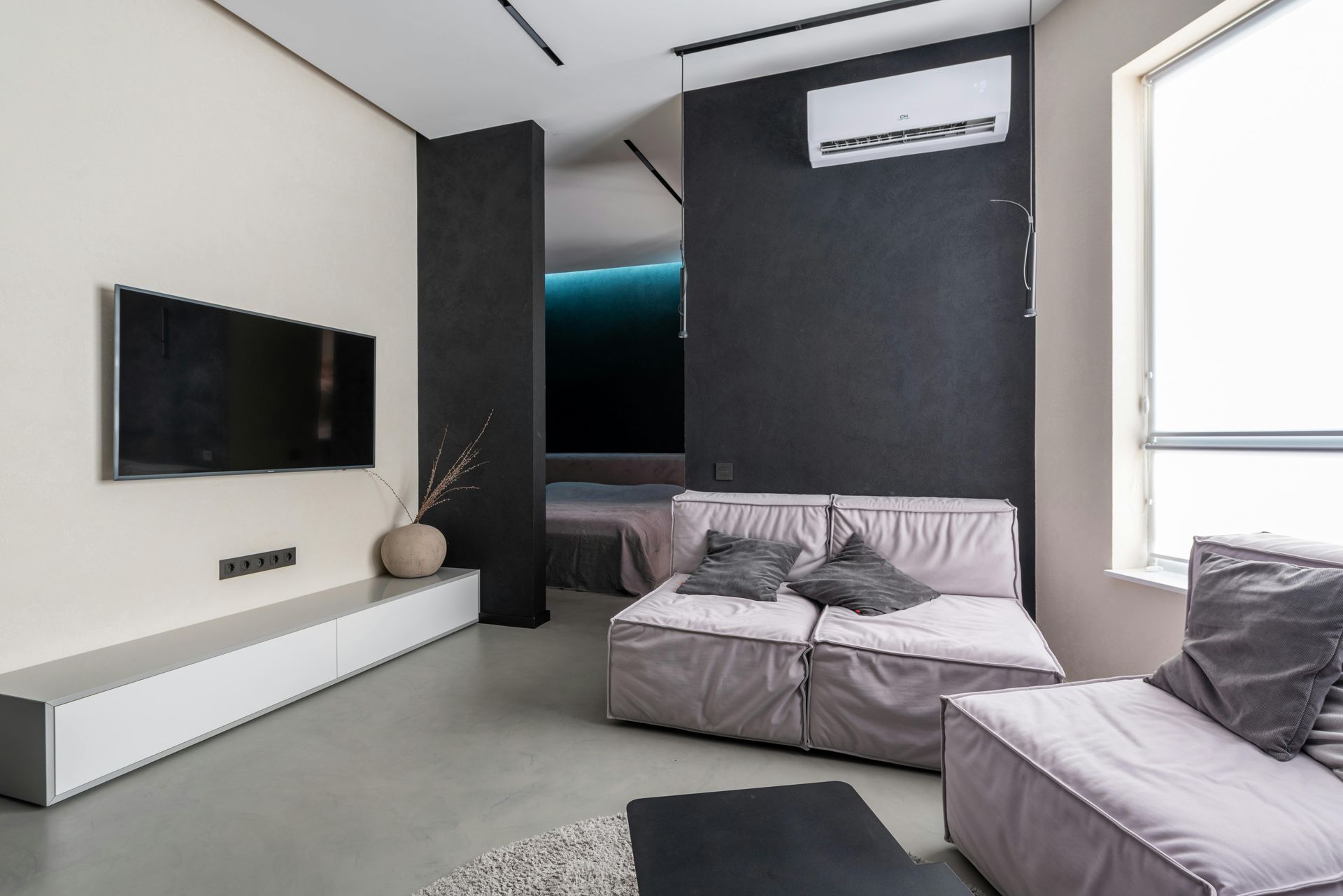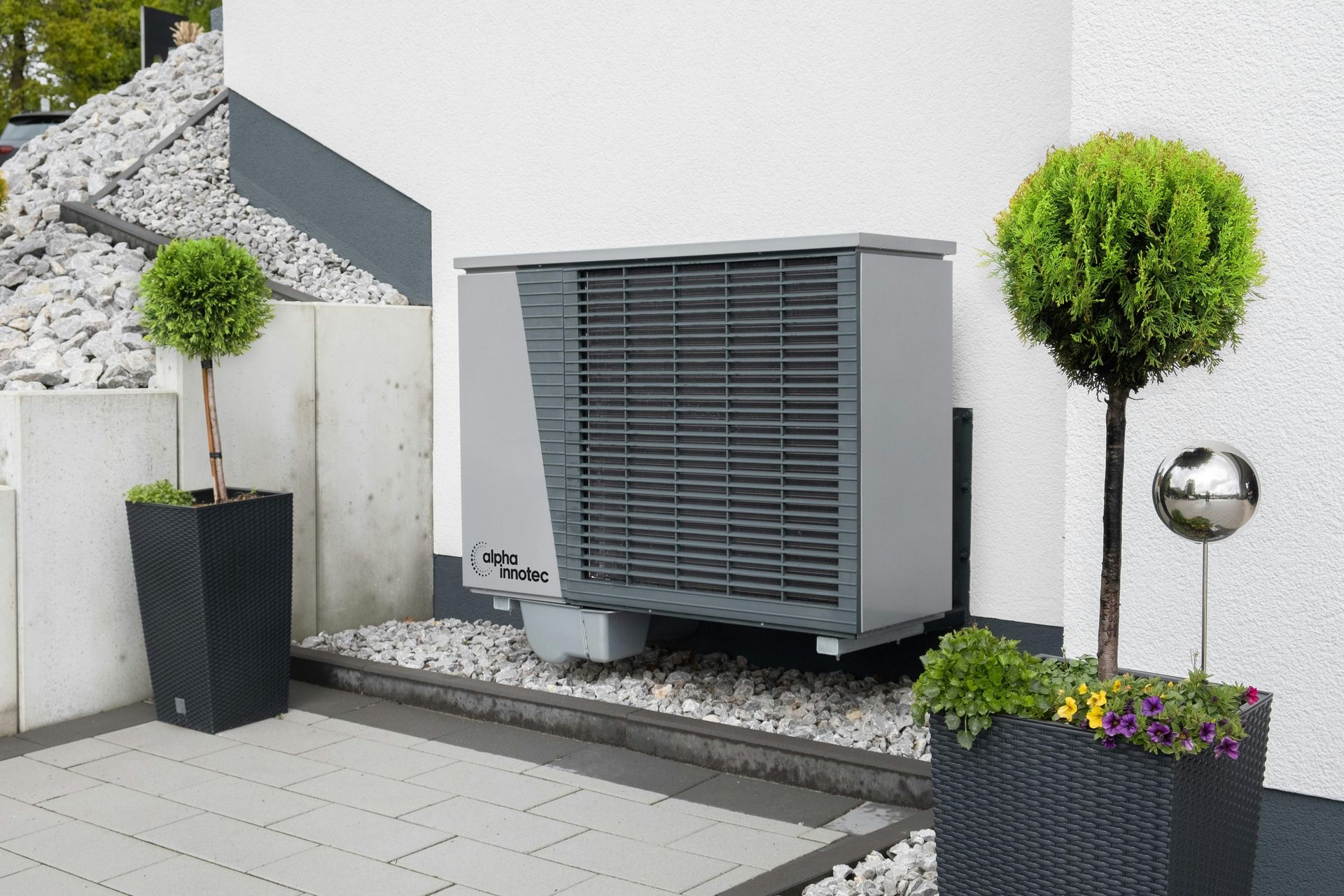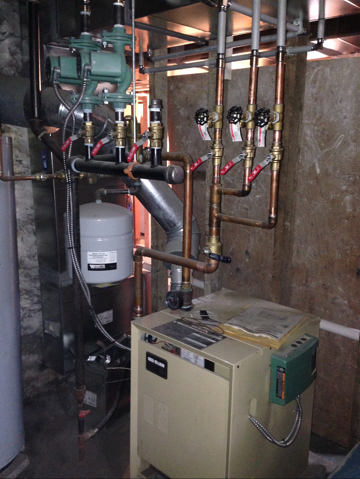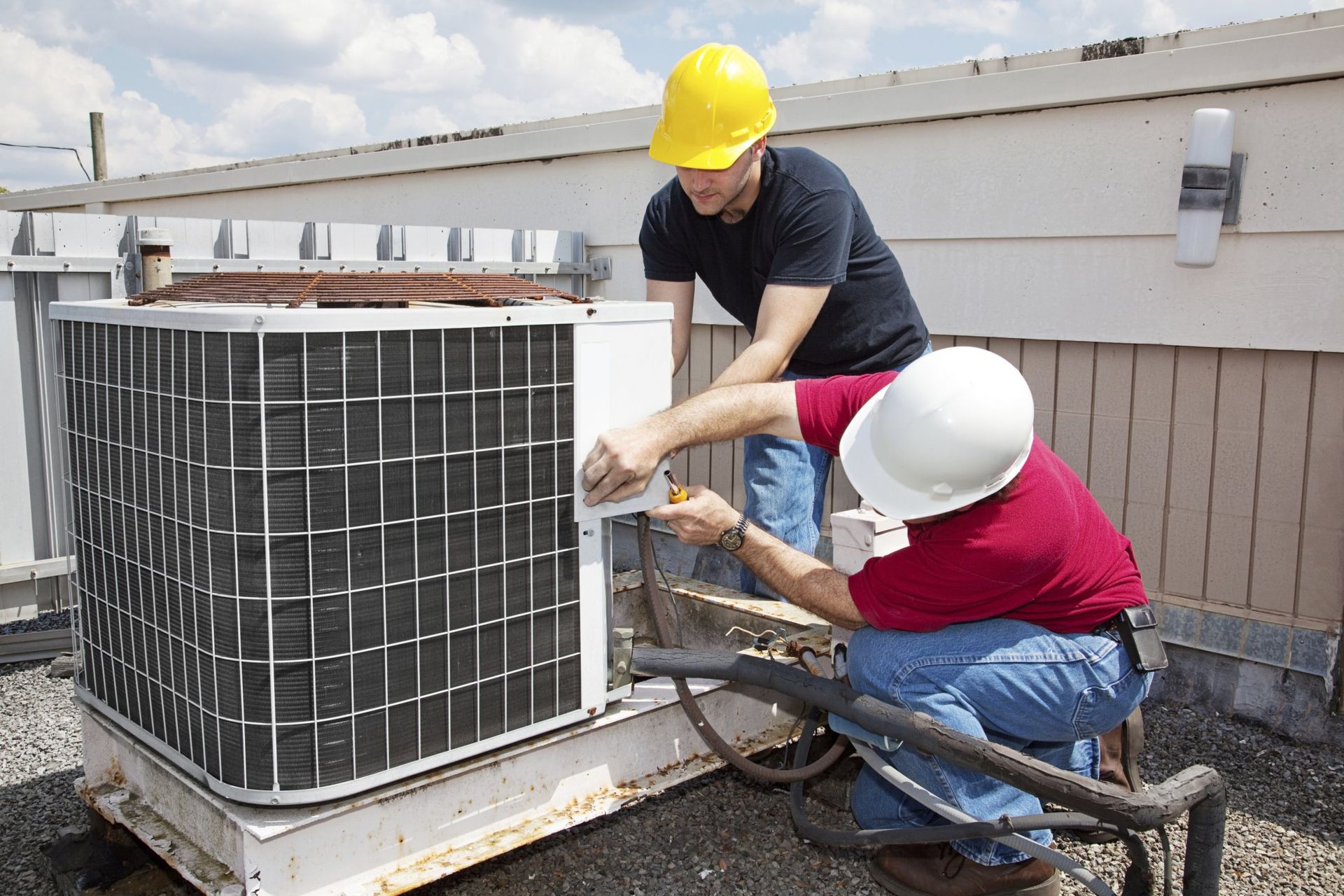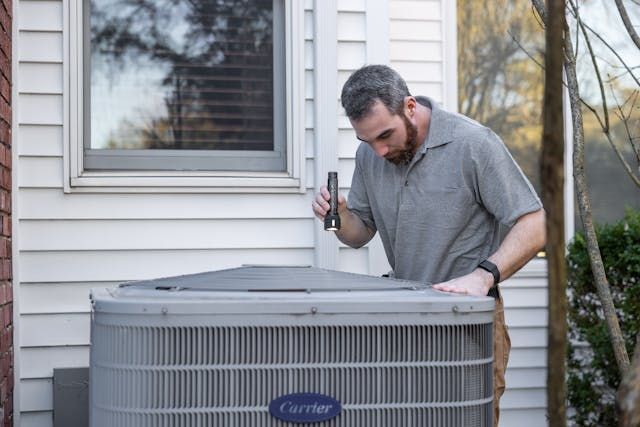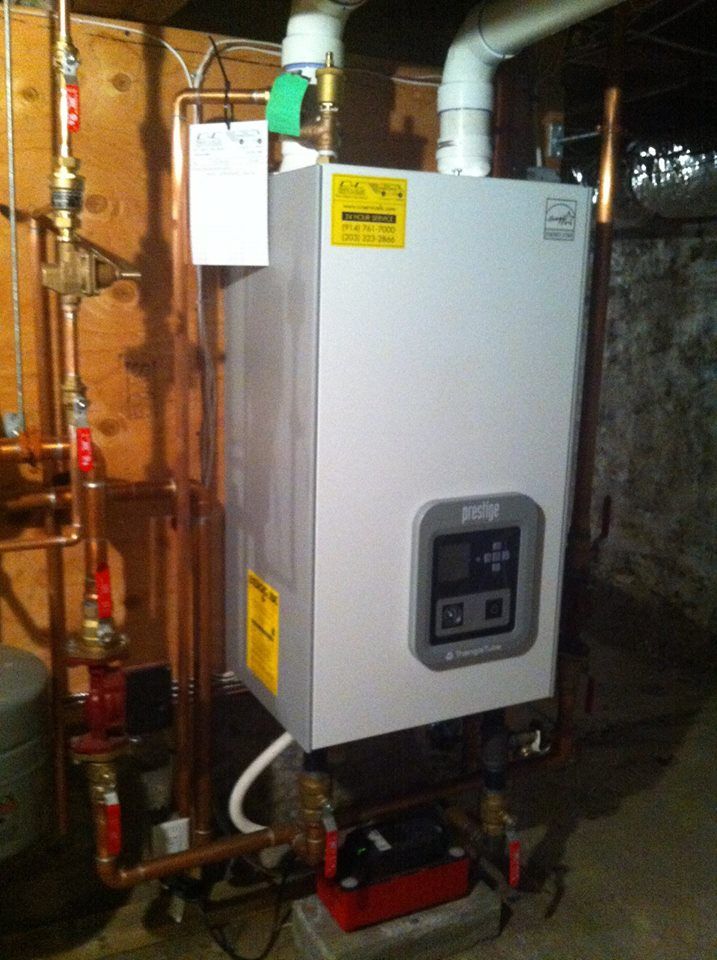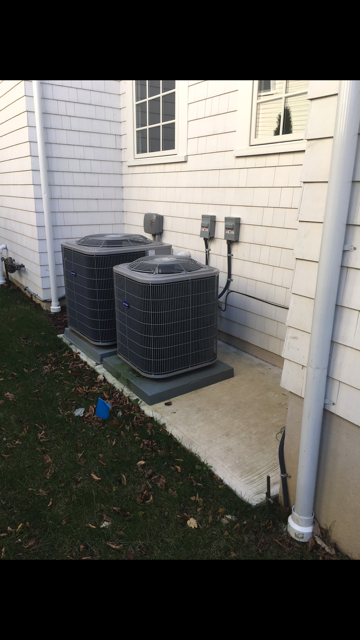Tips for Handling a Heating Emergency
Emergency heating repair services provide a safety net when your furnace unit malfunctions during winter. Common signs of a heating issue include banging or grinding noises, poor airflow, and repetitive cycling. Here is some more information on what to do during a heating emergency:
Turn Off the Gas
If your home uses a gas furnace and your heating system malfunctions, turn off the gas supply. Sometimes a gas leak or valve issue could be causing your heating problem. Gas leaks like carbon monoxide are undetectable without a specialized alarm as the gas is odorless, colorless, and tasteless. Locate the shut-off valve near your unit and turn the valve to a 90-degree angle to fully stop the gas supply.
Use a Portable Heater
You can use a portable heater to stay warm while you wait for your emergency heating repair. Portable heaters are small devices that can help heat a cold room by using an electrical outlet. Close the doors to unused rooms in your home and gather your family, including your pets, into one area. Place the heater on a solid, nonflammable surface like a tile floor. The heater should be at least three to four feet away from the wall during use.
Do not leave the space heater unattended, and avoid placing it beside flammable materials like newspaper, curtains, or bedding. Choose a space in the room that is out of the way of walking paths to avoid accidentally tipping the heater over, and use caution when navigating the room, as the power cord is a tripping hazard. You should follow the manufacturer’s directions as intended, located in the owner’s manual within the packaging or online.
Turn on the Faucets
Pipes along exterior walls could be at risk of freezing if the indoor temperature is too low. A frozen pipe may burst, crack, or leak as water expands in a frozen state. Turn on the faucets in your home to a slow drip to keep the water moving while you wait for a professional heating and air technician to fix the furnace. You may also open the cabinet doors that contain these pipes under the sinks in the kitchen and bathrooms. This helps to circulate warmer air, preventing the pipes from freezing.
Contact a Professional
A professional heating and air specialist knows how to troubleshoot furnace malfunctions and issues safely. We know how to work with a variety of makes and models, even older units that are no longer in production. Our technicians will check your thermostat, the circuit breaker, and for signs of damage. Contact us as soon as you notice issues with your unit to schedule an evaluation and repair.
Schedule Your Emergency Heating Repair
At C & C Service, we provide commercial and residential heating and air conditioning services for our communities. We offer 24-hour emergency services if your furnace malfunctions during the cold winter months. Our experienced technicians can replace worn-out parts, fix cracked pipes, and offer guidance on replacement units. Contact us today by phone to schedule your furnace repair or replacement.

